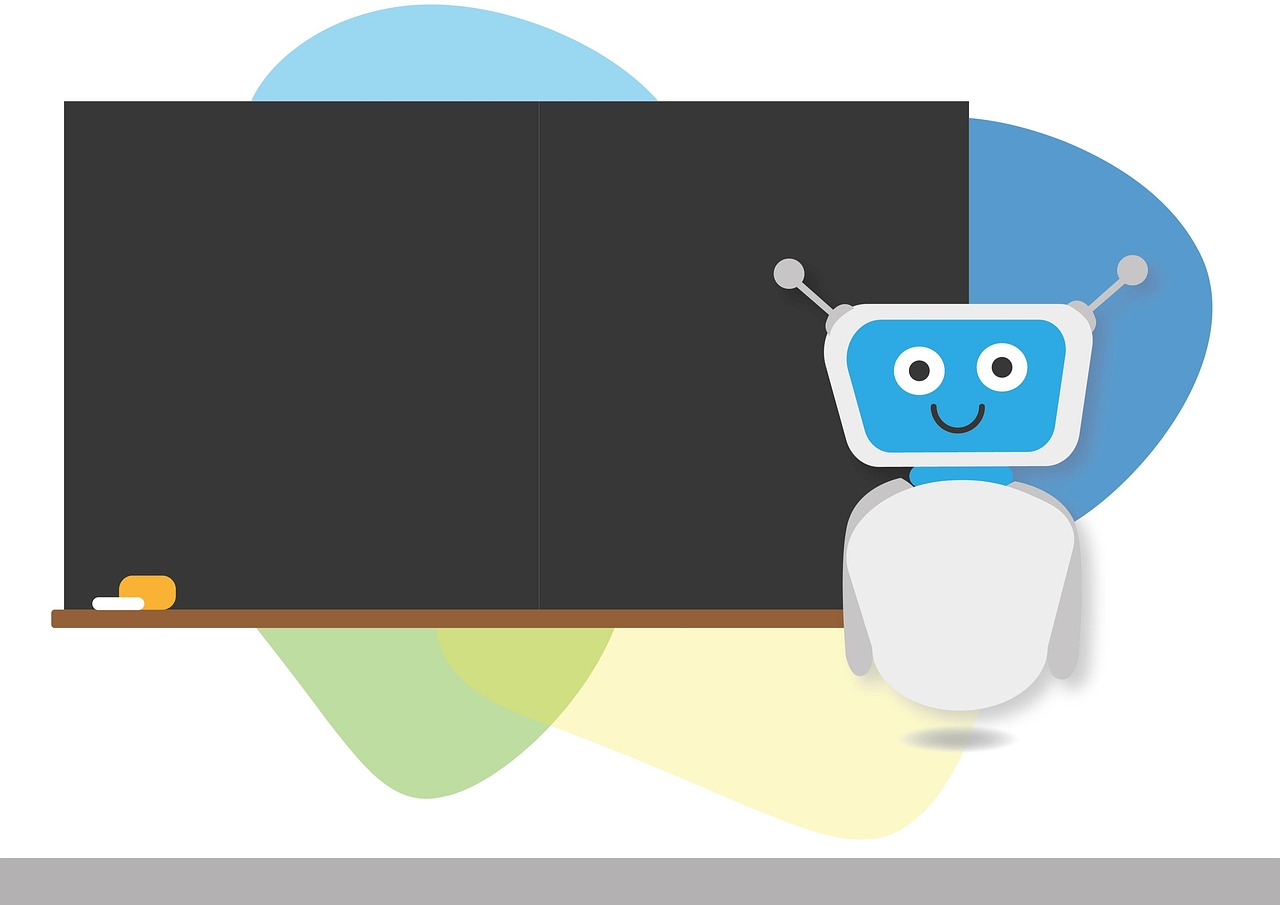Deep learning, a transformative subset of machine learning, is rapidly reshaping industries and our daily lives. From powering advanced AI assistants to revolutionizing medical diagnoses, its impact is undeniable. But what exactly is deep learning, and why is it generating so much buzz? This post will delve into the intricacies of deep learning, exploring its core principles, applications, and future potential.
What is Deep Learning?
Deep learning is a type of machine learning that utilizes artificial neural networks with multiple layers (hence “deep”) to analyze data and make predictions. These neural networks are inspired by the structure and function of the human brain, allowing them to learn complex patterns and representations from vast amounts of data. Unlike traditional machine learning algorithms that often require manual feature extraction, deep learning models can automatically learn features from raw data.
The Power of Neural Networks
- At its core, deep learning relies on artificial neural networks. These networks consist of interconnected nodes, or “neurons,” organized in layers.
- Each connection between neurons has a weight associated with it, which is adjusted during the training process to improve the network’s accuracy.
- Deep learning networks typically have many layers, allowing them to learn hierarchical representations of data. The initial layers might learn simple features (like edges in an image), while later layers learn more complex features (like objects).
- Examples: Consider image recognition. The first layer might detect edges, the second layer might combine edges into shapes, and the third layer might combine shapes into objects like faces or cars.
Supervised, Unsupervised, and Reinforcement Learning
Deep learning techniques can be categorized into three main types of learning paradigms:
- Supervised learning: The model is trained on labeled data, where the correct output is provided for each input. For example, training a model to classify images of cats and dogs, where each image is labeled as either “cat” or “dog.” This is commonly used in image recognition, natural language processing, and fraud detection.
- Unsupervised learning: The model is trained on unlabeled data and must discover patterns and relationships on its own. Examples include clustering customers based on purchasing behavior or identifying anomalies in network traffic. Techniques like autoencoders and generative adversarial networks (GANs) fall under this category.
- Reinforcement learning: The model learns to make decisions in an environment to maximize a reward signal. This is often used in robotics, game playing (e.g., AlphaGo), and autonomous driving. The agent learns through trial and error, receiving feedback in the form of rewards or penalties.
Key Deep Learning Architectures
Different types of deep learning architectures are tailored to specific tasks. Understanding these architectures is essential for choosing the right tool for the job.
Convolutional Neural Networks (CNNs)
- Purpose: Primarily used for image and video processing tasks.
- How they work: CNNs use convolutional layers to extract features from images. These layers apply filters that slide over the input image, detecting patterns such as edges, textures, and shapes. Pooling layers reduce the dimensionality of the feature maps, making the network more efficient.
- Practical Example: Self-driving cars use CNNs to identify traffic signs, pedestrians, and other vehicles on the road. Facial recognition software uses CNNs to identify individuals in images and videos. Image classification tasks benefit heavily from CNNs.
- Key takeaway: CNNs excel at spatial data analysis, making them ideal for computer vision applications.
Recurrent Neural Networks (RNNs)
- Purpose: Designed for processing sequential data, such as text and time series.
- How they work: RNNs have feedback loops that allow them to maintain a “memory” of past inputs. This enables them to capture temporal dependencies in the data. Variants like LSTMs (Long Short-Term Memory) and GRUs (Gated Recurrent Units) address the vanishing gradient problem, allowing them to learn long-range dependencies.
- Practical Example: Machine translation systems use RNNs to translate text from one language to another, considering the context of the surrounding words. Speech recognition systems use RNNs to transcribe spoken language into text. Forecasting stock prices relies on RNNs analyzing historical time-series data.
- Key takeaway: RNNs are powerful tools for handling data where the order of events matters.
Transformers
- Purpose: Gaining prominence in Natural Language Processing (NLP) tasks, and increasingly in computer vision.
- How they work: Transformers rely on attention mechanisms, which allow the model to focus on the most relevant parts of the input sequence when making predictions. They don’t require sequential processing like RNNs, enabling parallelization and faster training.
- Practical Example: The BERT (Bidirectional Encoder Representations from Transformers) model is used for tasks like question answering, text summarization, and sentiment analysis. GPT (Generative Pre-trained Transformer) models are used for text generation. ChatGPT is an example of a conversational AI that utilizes the transformer architecture.
- Key takeaway: Transformers have revolutionized NLP due to their ability to capture long-range dependencies and their efficiency in training.
Autoencoders
- Purpose: Primarily used for unsupervised learning tasks such as dimensionality reduction, anomaly detection, and generative modeling.
- How they work: Autoencoders learn to compress and reconstruct data. They consist of an encoder that maps the input data to a lower-dimensional latent space, and a decoder that reconstructs the original data from the latent representation.
- Practical Example: Image compression uses autoencoders to reduce the size of image files while preserving important details. Anomaly detection systems use autoencoders to identify unusual patterns in data, such as fraudulent transactions or network intrusions.
- Key takeaway: Autoencoders are valuable tools for learning compact representations of data and uncovering hidden patterns.
The Deep Learning Workflow
Building and deploying deep learning models involves a structured workflow that includes data preparation, model selection, training, evaluation, and deployment.
Data Preparation and Preprocessing
- Data Collection: Gathering a sufficient amount of relevant data is crucial for training effective deep learning models.
- Data Cleaning: Removing errors, inconsistencies, and missing values from the data.
- Data Preprocessing: Transforming the data into a suitable format for the model. This may involve scaling, normalization, or feature engineering. For example, image data is often normalized to have pixel values between 0 and 1. Text data is often tokenized and converted into numerical representations.
- Data Augmentation: Increasing the size of the training dataset by generating new examples from existing ones. For image data, this can involve rotations, flips, and crops. For text data, this can involve synonym replacement and back-translation.
Model Selection and Architecture Design
- Choosing the Right Architecture: Selecting the appropriate deep learning architecture based on the task and the data characteristics.
- Hyperparameter Tuning: Optimizing the model’s hyperparameters, such as the learning rate, batch size, and number of layers. This is often done using techniques like grid search or random search. Automated hyperparameter optimization tools are also available.
- Regularization: Implementing techniques to prevent overfitting, such as dropout or L1/L2 regularization.
Training and Evaluation
- Training the Model: Feeding the prepared data into the model and adjusting its parameters to minimize the loss function.
- Validation: Using a separate validation dataset to monitor the model’s performance during training and prevent overfitting.
- Evaluation: Assessing the model’s performance on a test dataset to measure its generalization ability. Common evaluation metrics include accuracy, precision, recall, and F1-score.
- Tip: Use techniques like cross-validation to get a more robust estimate of the model’s performance.
Deployment and Monitoring
- Deploying the Model: Integrating the trained model into a production environment. This may involve deploying the model on a server, embedding it in a mobile app, or using it as part of a web service.
- Monitoring Performance: Continuously monitoring the model’s performance in production and retraining it as needed to maintain accuracy.
- Version Control: Maintain version control for your models and datasets to ensure reproducibility and facilitate future updates.
Applications of Deep Learning
Deep learning is transforming various industries, offering innovative solutions to complex problems.
Computer Vision
- Image Recognition: Identifying objects, people, and scenes in images. Used in applications like self-driving cars, security systems, and medical imaging.
- Object Detection: Locating and identifying multiple objects within an image.
- Image Segmentation: Dividing an image into regions based on different objects or features. Used in medical image analysis to identify tumors or other abnormalities.
- Example: Deep learning powers the face unlock feature on smartphones.
Natural Language Processing (NLP)
- Machine Translation: Automatically translating text from one language to another. Services like Google Translate rely heavily on deep learning.
- Sentiment Analysis: Determining the emotional tone of text. Used in market research, social media monitoring, and customer service.
- Text Summarization: Generating concise summaries of long documents.
- Chatbots: Creating conversational AI agents that can interact with users in a natural language.
- Example: Deep learning is used to personalize news feeds and recommend relevant content to users.
Healthcare
- Medical Image Analysis: Assisting doctors in diagnosing diseases from medical images like X-rays, MRIs, and CT scans. Deep learning can detect subtle patterns that might be missed by the human eye.
- Drug Discovery: Accelerating the process of identifying and developing new drugs.
- Personalized Medicine: Tailoring treatment plans to individual patients based on their genetic information and medical history.
- Example: Deep learning is used to predict the likelihood of hospital readmission based on patient data.
Finance
- Fraud Detection: Identifying fraudulent transactions in real-time.
- Algorithmic Trading: Developing automated trading strategies based on market data.
- Risk Management: Assessing and managing financial risks.
- Example: Deep learning is used to analyze customer data and predict credit risk.
Conclusion
Deep learning’s ability to learn complex patterns from vast datasets has unlocked unprecedented capabilities in various fields. From improving medical diagnoses to powering advanced AI systems, its impact is undeniable. Understanding the principles, architectures, and workflows associated with deep learning allows for the creation of innovative solutions to complex problems. As data continues to grow exponentially, deep learning will undoubtedly play an even more prominent role in shaping the future of technology and society. By continuing to explore and refine deep learning techniques, we can unlock even greater potential and address some of the world’s most pressing challenges.




